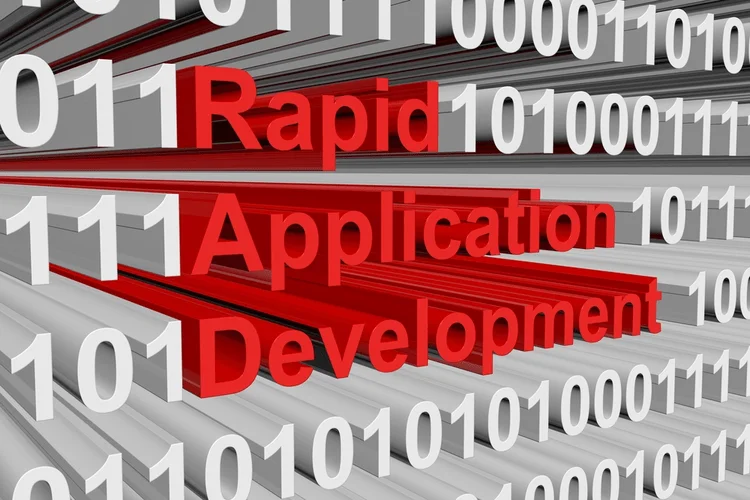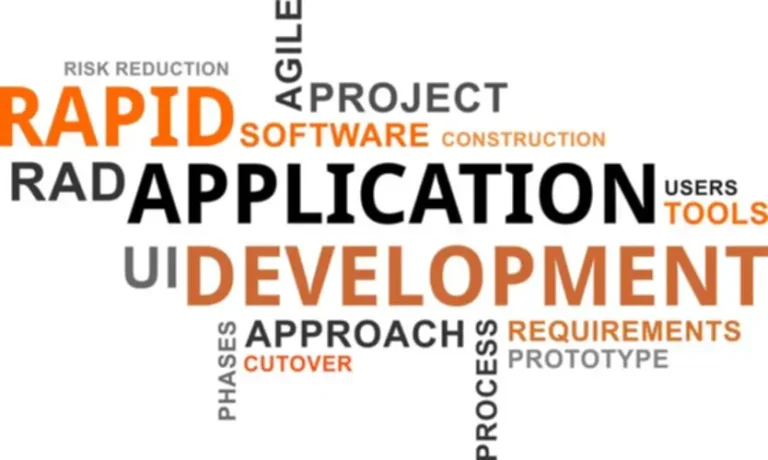If still wanted, MongoDB additionally helps database transactions that allow many modifications to a database to be grouped and either made or rejected in a batch. MongoDB was built for individuals building web and business applications who must evolve rapidly and scale elegantly. Firms and improvement teams of all sizes use MongoDB for all kinds of reasons.
If you are bringing collectively tens or tons of of information sources, the flexibility and power of the document model can create a single unified view in ways in which different databases can’t. MongoDB has succeeded in bringing such projects to life when approaches using other databases have failed. As An Alternative of storing information in tables of rows or columns like SQL databases, every report in a MongoDB database is a document described in BSON, a binary representation of the data. Flexible schema is usually the great advantage of the MongoDB database system, but sometimes it could be difficult. For instance, if you have an application whose data is evolving daily, it’d turn out to be tough for you to manage Embedded system schema adjustments and keep away from information integrity issues. MongoDB can deal with massive quantities of data shortly and was built to be used for each application improvement and application scaling.
MongoDB can also deal with excessive volume and can scale each vertically or horizontally to accommodate giant data loads. MongoDB is a document-based data retailer which means that it shops the data in rather an unstructured format as compared to structured tables like in MySQL or PostgreSQL. This primarily signifies that the info stored in MongoDB is “schema-less”. Due To This Fact, MongoDB offers a fast and scalable information https://www.globalcloudteam.com/ storage service which makes it a well-liked selection within the performance-critical application. Moreover, the fact that MongoDB has been written in C++ makes it even sooner as compared to lots of different databases.
It helps BSON file format and lets you make different buildings for each format, and add fields with out impacting the general database schema structure. Meanwhile, you can also make changes in schema over time to replace your present information. MongoDB is a NoSQL database that works properly inside that ecosystem, however it’s additionally constructed to work together with different forms of database management methods by way of numerous information integration instruments and connectors. This toolset consists of an ETL (extract, remodel, load) infrastructure for extracting and migrating knowledge out of MongoDB and vice versa. This is helpful for sending data to a relational database for reporting and complicated knowledge analytics.

MongoDB shops the JSON documents using a format known as BSON, or binary JSON. The nonrelational nature of these paperwork imply they will store—and the database can process—structured utility knowledge in addition to semistructured and unstructured information. As A Substitute, the documents are flexible and might comprise arrays and nested documents, allowing for advanced and hierarchical information storage. MongoDB is a NoSQL DB that stores information in a document-oriented format (BSON).
It’s also gaining traction in vector search, making it useful for AI-powered purposes. Nevertheless, Redis is less suited to long-term knowledge storage compared to MongoDB. SQL databases are perfect when your data is structured and requires consistency. They use predefined schemas, that means the format of the information have to be known prematurely. While both SQL (relational) and NoSQL (non-relational) databases are designed to retailer and manage knowledge, the core distinction lies in their method to construction and scalability. Below, we’ll evaluate MongoDB to traditional SQL-style databases, like Airtable and Microsoft Entry, and explore why its non-relational mannequin presents key benefits for sure enterprise use instances.

Frequent Bson Data Types (and Their Java Equivalents)
This makes it simpler for developers to code with out worrying about SQL queries. Compass lets you visually discover your knowledge, offering perception into collections, documents, and schema analysis. You can use it to manage data constructions, create queries, and visualize relationships between knowledge. MongoDB is a schema-less database that means that it can consist of different types of documents in a single assortment. This is in broad distinction to the relational database with a set schema construction, ensuring comparable information is entered into rows inside a table. MongoDB’s scalability makes it great for any company in want of quick results on giant datasets.

If you’ve functions that must run wherever they make sense, MongoDB supports any configuration now and in the future. MongoDB has at all times devoted abundant time and energy to making positive builders have a great experience. The document information mannequin is a powerful method to retailer and retrieve data in any trendy programming language, allowing builders to move quickly. MongoDB is built on a scale-out structure that has become popular with developers of all types for developing scalable purposes with evolving data schemas. MongoDB is preferred over SQL as a end result of you’ll be able to deal with evolving and dynamic data structures with it. While SQL doesn’t enable this and works on traditional relational principles.
- MongoDB has a great user expertise for builders who can install MongoDB and start writing code immediately.
- We noticed how nested buildings, arrays, and uncooked BSON objects are constructed and manipulated, and how aggregation pipelines process BSON data immediately within the database.
- After installing MongoDB, you’ll need to create a directory where your information will be stored.
- Temporary inconsistencies can happen throughout information synchronization, making BASE much less suitable for applications where strict data integrity and immediate consistency are crucial.
What’s Mongodb Flexible Storage Architecture?
A good example of MongoDB compatibility is the Oracle Database API for MongoDB, which lets developers use MongoDB’s open supply tools and drivers linked to an Oracle Autonomous JSON Database. This provides them entry to Oracle’s multimodel capabilities and helps them keep away from shifting data to a separate database for analytics, machine learning (ML), and spatial analysis. Think of Autonomous JSON Database as a multimodal different to MongoDB Atlas. As we’ve seen from the Introduction part, the data in MongoDB has a versatile difference between mongodb and postgresql schema.
Due to its versatile and scalable nature, MongoDB can be used for datasets like social media, movies, and so on. MongoDB shoppers and users won’t really feel a necessity for some other sort of database. As your information grows, MongoDB can simply distribute data across multiple servers without the performance limitations sometimes seen in relational databases. This makes MongoDB a perfect answer for businesses requiring excessive availability and performance at scale. Looker has integrated help for SQL making it simple to make use of with MySQL, PostgreSQL, OracleDB, and different relational databases.
Mongodb Vs Rdbms: What Are The Differences?
The software was particularly designed for companies and has a long-standing popularity in plenty of industries. Charts is MongoDB’s visualization software which connects to a MongoDB collection and creates a dashboard with various charts. MongoDB Charts, like many other visualization instruments, requires specific formatting to correctly map out data. To augment the reason above, MongoDB Atlas is a cloud database which totally manages users’ knowledge utilizing a suite of information services. Atlas is named a multi-cloud database as it makes use of AWS, Azure, and Google Cloud companies. Users can export information from MongoDB by utilizing the command-line software “mongoexport”.